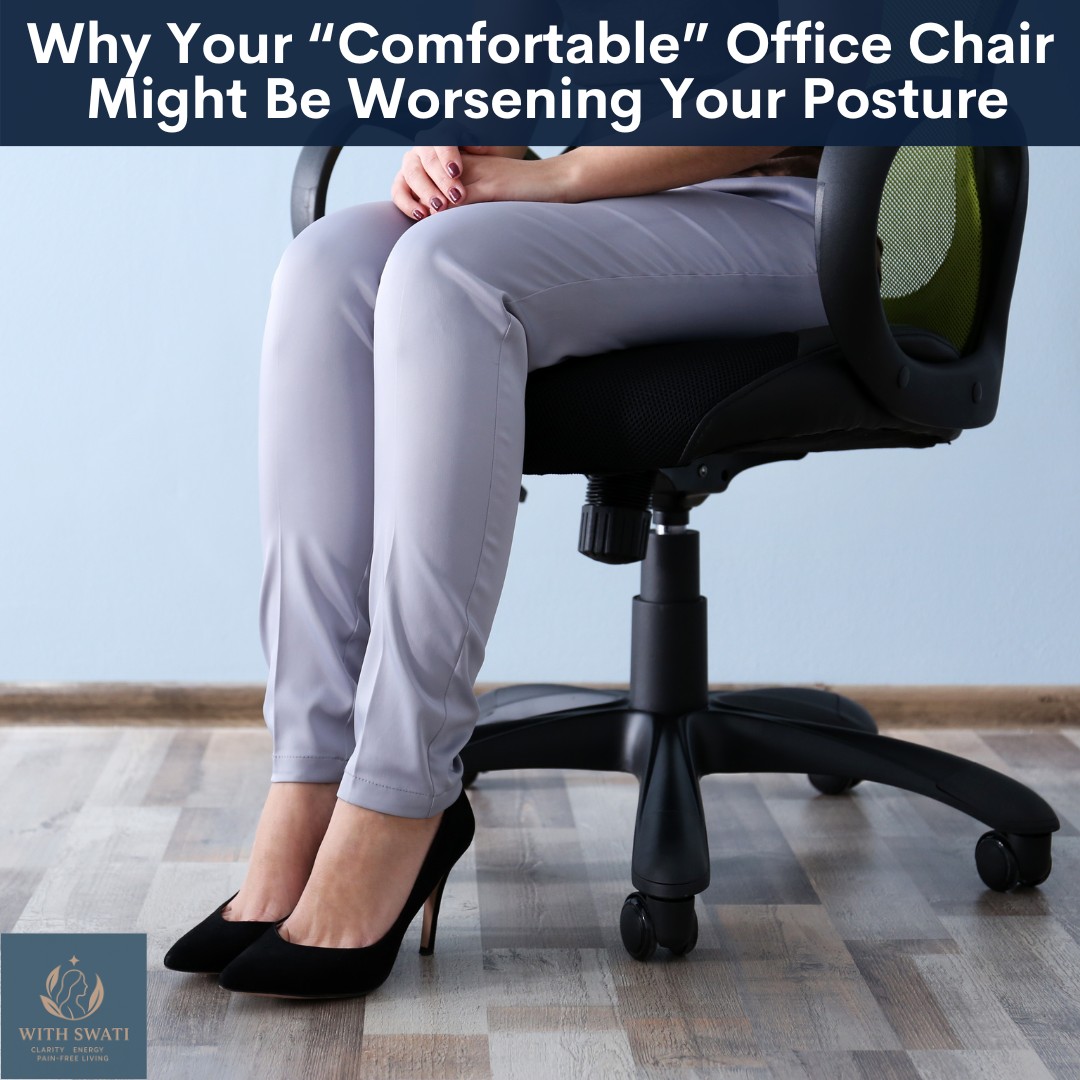
In today's digital age, our smartphones have become indispensable, keeping us connected and informed around the clock. As executive mums, juggling the demands of work and family often means spending significant time on our phones, whether it's responding to emails, scrolling through social media or coordinating schedules. But this seemingly innocent habit can be contributing to your neck pain. In this blog, we will discuss the relationship between mobile phone usage and neck pain, both short-term discomfort and long-term health complications ...

Are you tired of dealing with nagging neck pain that seems to never go away? I know the struggle of balancing a demanding career with the responsibilities of motherhood, all while battling chronic pain. As busy executive mums, you may be seeking solutions that fit seamlessly into your hectic schedule. There are various treatment options available, massage therapy stands out as a popular choice for relief from neck pain and it might just be the answer you have been searching for. In this blog lets discuss how massage therapy can help us find relief from neck pain and reclaim our comfort and vitality ...
Read more...
As a busy moms when you navigate through the whirlwind of daily responsibilities, it's not uncommon for you to experience the nagging discomfort and stiffness in your neck. You may have cracked your neck as a quick fix. However, you may have wondered if neck cracking is safe? In this blog, let’s discuss what happens when you crack your neck some pros and cons of neck cracking ...

In this blog, we are going to discuss some more tips on how to relieve neck pain and inflammation. This is a two part blog. If you haven't read part 1 of this blog, you can read it here.
Cold packs:
You can use a cold pack to ease the inflammation ....
Read more...
In the busy world of modern motherhood, the daily juggle of executive responsibilities and the household demands can often take a toll on your neck, resulting in pain and inflammation. In this 2 part blog lets discuss the causes of neck inflammation, how long it takes to subside and some simple tips to manage your neck pain and inflammation ...
Read more...











